Water Treatment Chemicals List
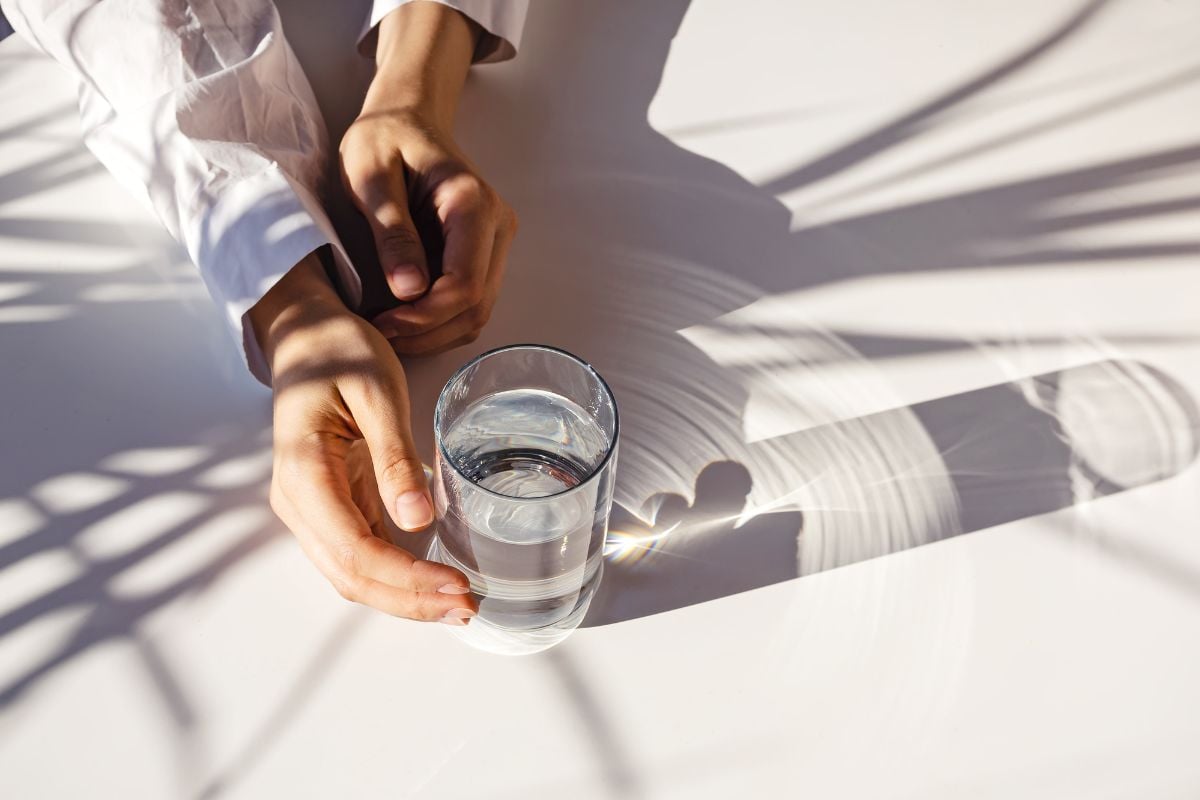
Aren’t you grateful that you are just a faucet-turn away from your water supply? I’m so thankful that I don’t have to go for water to a well or a river, and that my water literally comes from a wall in my house! On top of that, the water comes out clear, disinfected, and without clumps of dirt or health-threatening germs. This is due to the water treatment plants and water purification processes that not only rid my drinking water of dirt, but also of bacteria, algae, viruses, fungi, and other contaminants. However, the question remains: After the water treatment processes, is my tap drinking water potable?
In this post, you will learn about water treatment chemicals produced by the chemical industry specially for water purification. This will help you understand if your tap water is potable the way it is or if it needs additional treatment. Personally, I filter my tap water to turn it into safe drinking water because I don’t want to consume any residues of water treatment chemicals. Let’s see what they are, shall we? And if you are a believer in “raw” water drinking, you may benefit from my post Is Spring Water Safe To Drink?.
Water Treatment Chemicals List
To begin with, there are various water treatment processes, and each of them uses various chemicals depending on the process they utilize and its purpose. Thus, the water treatment processes are:
- boiler water treatment
- cooling tower water treatment
- water purification, and
- wastewater treatment (source).
Boiler Water Treatment Chemicals
First, boiler water treatment is necessary to help boilers stay in good condition and function efficiently. Boilers are used in industrial and commercial settings, and their functions include power generation, steam generation, heating, manufacturing, and others. If not treated, the impurities in water may accumulate on the heat transfer surface, which leads to scaling that reduces the efficiency of the equipment. So, boiler water treatment chemicals include:
- oxygen scavengers
- alkalinity builders, and
- anti-scaling agents.
Oxygen Scavengers
Basically, oxygen scavengers reduce corrosion by removing very corrosive dissolved oxygen from the boiler feed water and boilers. Some boiler oxygen scavenger chemicals are:
- Sodium Sulfite
- Potassium Sulfite
- Diethylhydroxylamine, and
- BiSodium Sulfite (source).
Alkalinity Builders
These chemicals are used to prevent further corrosion by keeping the boiler water’s pH level high. Some common alkalinity builders are:
- Potassium Hydroxide, and
- Sodium Hydroxide (source).
Anti-Scaling Agents
The anti-scaling agents (aka water softening agents) help prevent deposition of hardness salts in boiler water. If not treated, these deposits may eventually lead to a boiler tube rupture or overheating. Some anti-scaling agents include:
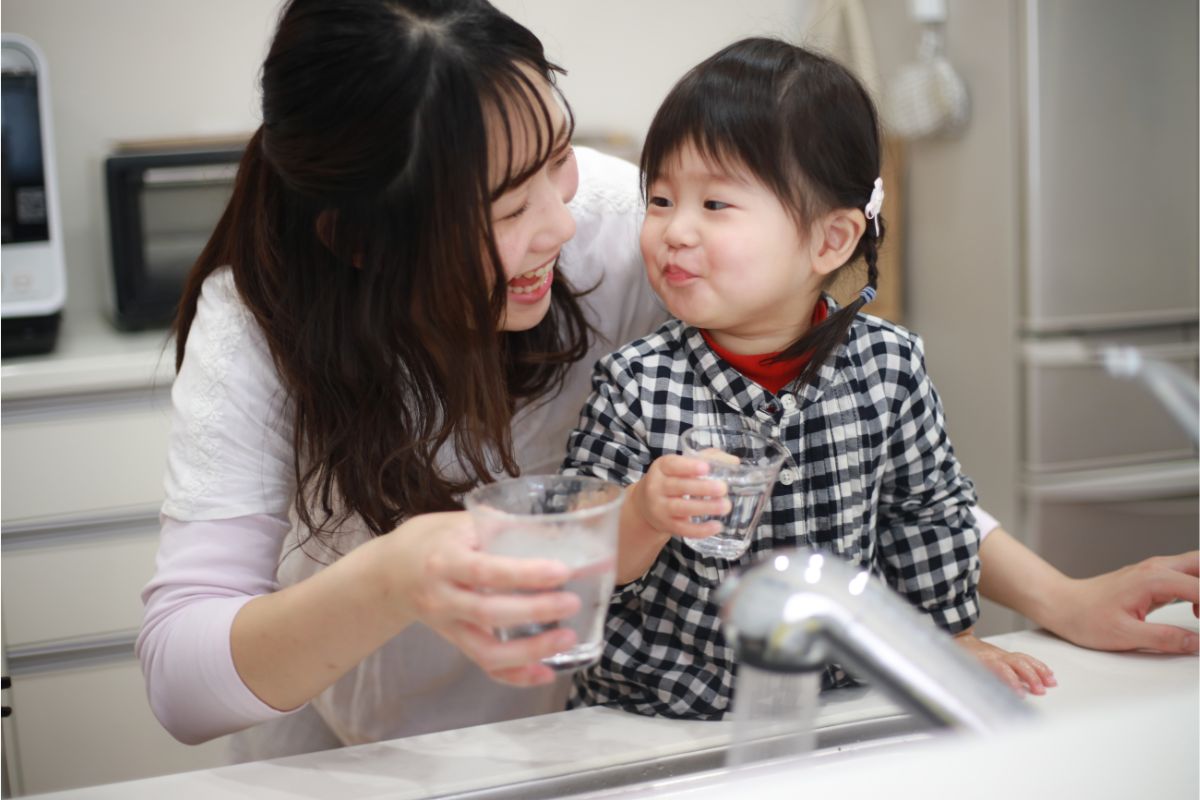
Cooling Tower Water Treatment Chemicals
Simply put, cooling water treatment processes purify water in industrial cooling towers. Any facility or company that uses cooling towers and cooling water requires cooling tower water treatment to maximize the efficiency and longevity of the equipment. The most common issues found in cooling water are scaling, corrosion, fouling, and biological growth. Hence, the chemicals involved in the cooling water treatment are:
- corrosion inhibitors
- scale inhibitors, and
- algaecides and biocides (source).
Corrosion Inhibitors
These water treatment chemicals neutralize acidity and protect metal components of the equipment from corrosion. The latter also causes the metal to become thinner, which increases the risk of breaks or ruptures (source). Some common corrosion inhibitors are:
- Bicarbonates (source).
Scale Inhibitors
The cooling tower water that evaporates is pure. It means that the impurities left behind (consisting of various minerals) will concentrate over time and form crystals on the heat transfer surface. These concentrations are known as scaling. Like scaling, fouling is the result of contaminant build-up in the water (sand, silt, or other smaller suspended solids), but the deposits are not as hard. If left untreated, these impurities may block pipes and also slow water flow, decreasing the system’s efficiency (source). Some common scale inhibitors include:
- Phosphates, e.g., phosphoric acid (source).
Algaecides And Biocides
These chemicals help prevent the growth and spread of biological contaminants like bacteria and algae. If these microbial contaminants are left untreated, they can develop a biofilm on the surface of the water. The problem with the biofilm is that it acts as an insulator reducing heat transfer, and can be extremely resilient. In addition, certain harmful bacteria like Legionella can form in the biofilm and spread throughout the water cooling system leading to health hazards (source). Some chemicals that inhibit algae and other biological growth are:
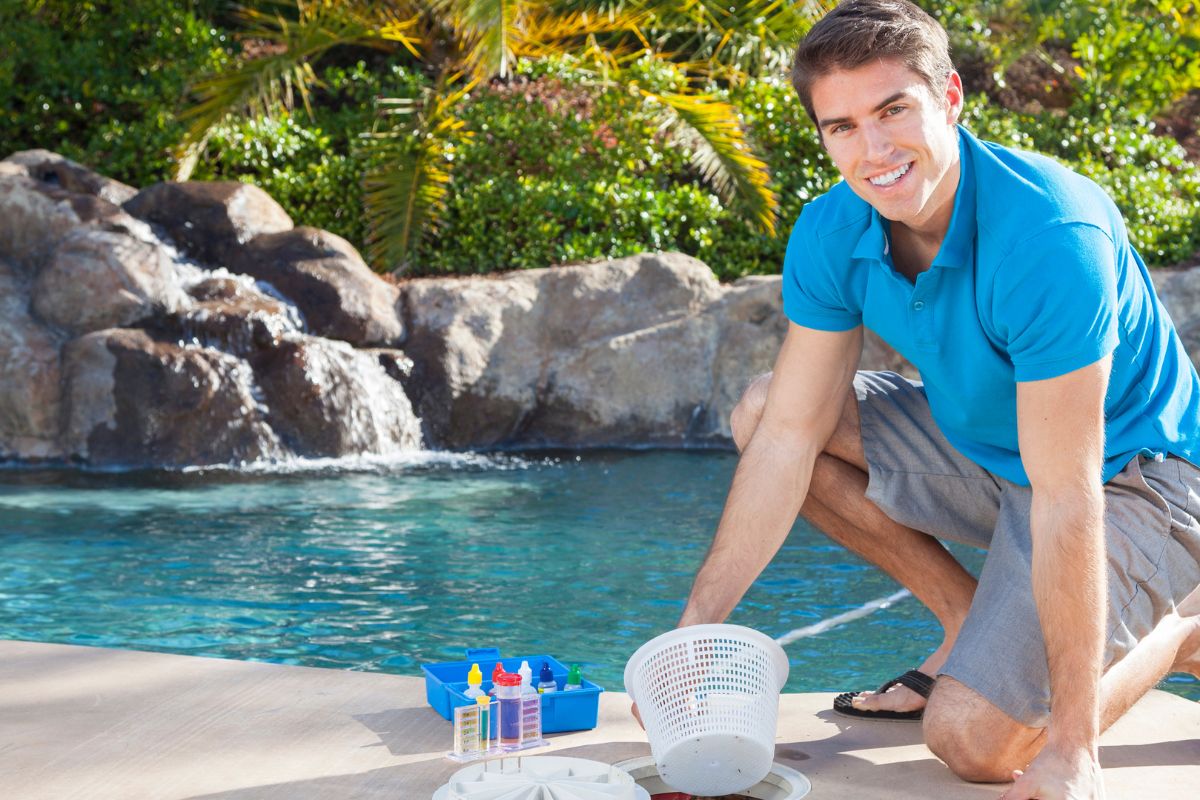
Water Purification Chemicals
For starters, water purification refers to water treatment processes in public water supply systems that provide safe drinking water for their communities. The water treatment steps include:
- coagulation (forming larger particles of dirt)
- flocculation (forming even larger and heavier particles called “flocs”)
- sedimentation (separating suspended solids (flocs) from water)
- filtration (removing dissolved particles, bacteria, viruses, and fungi)
- disinfection (killing any remaining microbial contaminants) (source).
We will focus on the disinfection chemicals as disinfection is the final water treatment step before water starts flowing to our homes. Primarily, disinfecting chemicals are:
- Chlorine
- Chloramine, and
- Chlorine dioxide.
Chlorine
As you may know, due to its effectiveness, chlorine is the most common chemical disinfectant for water sources, such as:
- tap drinking water
- swimming pool water
- municipal wastewater, and
- industrial water.
Reportedly, chlorine levels up to 4 milligrams per liter (mg/L), or 4 parts per million (ppm), are considered safe in drinking water (source).
However, disinfection produces by-products known as trihalomethanes (THMs) (e.g., chloroform, bromodichloromethane, chlorodibromomethane, and bromoform), most of which are carcinogenic, as well as haloacetic acids (e.g., monochloroacetic acid, dichloroacetic acid, trichloroacetic acid, monobromoacetic acid, and dibromoacetic acid), some of which are also considered potential human carcinogens. Therefore, these by-products of disinfection in drinking water pose a bigger concern than even chlorine itself.
Besides, in addition to consuming chlorine with tap water, we get exposed to this water treatment chemical in the shower. When taking a hot shower or bath, not only do we inhale chlorine to a level close to what we get from consuming it, but also our skin absorbs it.
Some communities use a combination of chlorine and chloramine, switching between the two according to variables such as seasons of the year.
Chloramine
Because chlorine is not effective for crypto, a pathogen that has a protective shell, water treatment facilities may choose to use chloramine, a combination of chlorine and ammonia. Reportedly, chloramine (aka monochloramine) produces much fewer trihalomethanes (THMs) than chlorine.
Just as with chlorine, the maximum amount of chloramine permitted in drinking water is 4.0mg/L (source). Unlike chlorine, though, chloramine is harder to remove from the water, and it does not dissipate into the air. Also, chloramine can pull lead into the water from the lead pipes your water may run through to get to your faucet (source).
Chlorine Dioxide
As compared to chlorine and chloramine, chlorine dioxide is a less common water disinfectant. Thus, reportedly, only about 5% of large water treatment facilities (defined as those serving more than 100,000 persons) in the US use chlorine dioxide for water purification. A very reactive chemical, it can also kill bacteria and microorganisms in water. It can also be used to destroy pathogenic microbes, including viruses, bacteria, and fungi from vegetables and fruits (source). When used as a water treatment chemical, chlorine dioxide and its by-product, chlorite ions, may be present at low levels in tap water.
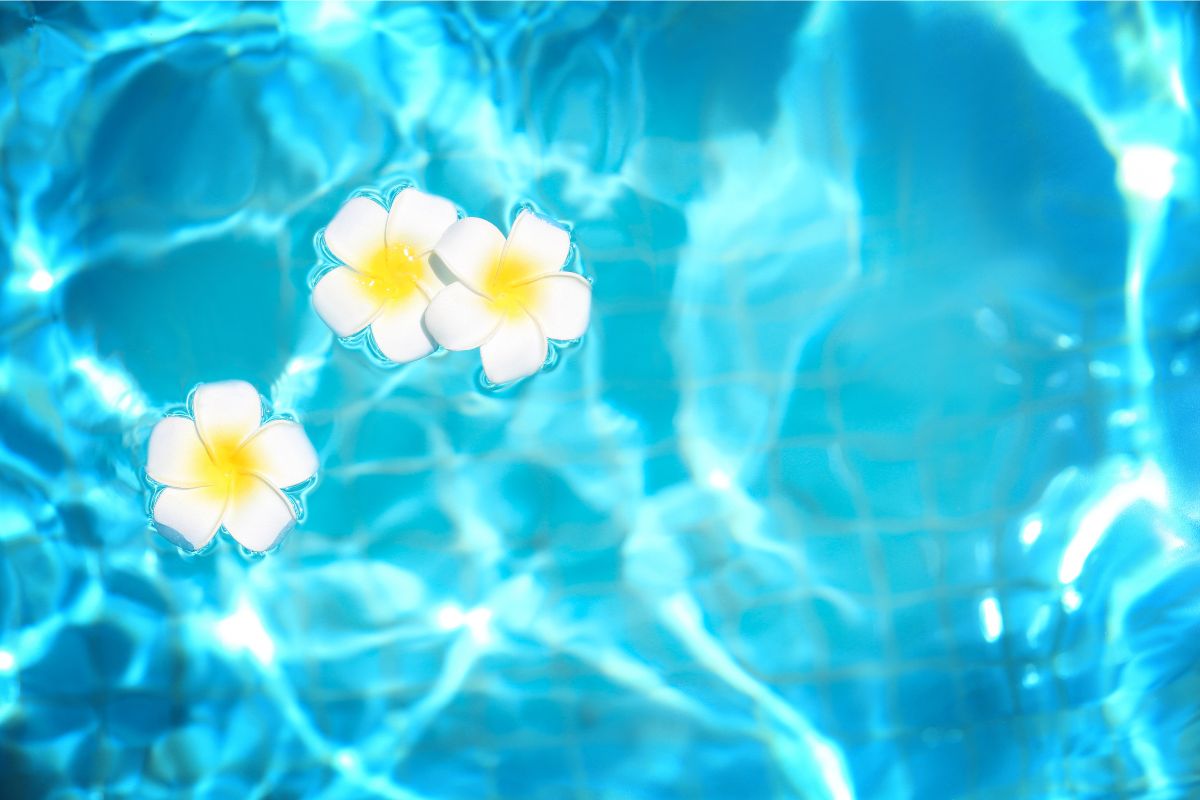
Wastewater Effluent Chemicals
To begin, wastewater effluent is used water full of such contaminants as human waste, food scraps, oils, soaps, chemicals, grease, detergents, heavy metal rinses, and solids. Hence, it must not enter a river, reservoir, stream, or lake without being cleaned and treated first. If it is not properly cleaned, wastewater can be harmful both to wildlife and to humans.
The main purpose of wastewater treatment (aka sewage treatment) is to remove as much of the suspended solids as possible before the remaining water (aka effluent) can go back to the environment. Otherwise, solid material will decay and use up oxygen, necessary for water, plants, and animals (source).
To make the wastewater as pure as possible, a variety of techniques are applied, such as:
- sifting
- aerating
- filtration
- carbon absorption
- distillation
- reverse osmosis, and
- disinfection (source).
And some of the main wastewater treatment chemicals are:
- coagulant and flocculant polymers
- pH adjusters, and
- disinfectants.
Coagulant And Flocculant Polymers
These water treatment polymers help change the charge of the tiny particles in the water so they would draw to other particles (rather than repel them) to form larger particles and, eventually, drop to the bottom. Some chemicals used in this process are:
- Alum
- Aluminum sulfate
- Ferric chloride, and
- Ferric sulfate (source).
PH Adjusters
The effluent from a plant must be at a certain pH level before it can be released or disposed of. By adjusting the pH, water treatment plants can optimize the performance of disinfectants and ensure the overall effectiveness of the water treatment process. For pH adjustment, an acid or a base chemical is used, such as:
- Hydrochloric Acid
- Phosphoric Acid
- Sulfuric Acid
- Calcium Hydroxide (Lime), and
- Sodium Hydroxide (source).
Wastewater Disinfectants
Without disinfection, bacteria, viruses, and disease-causing pathogens can pollute beaches and contaminate shellfish populations. This, in turn, will lead to restrictions on human recreation, drinking water consumption, and shellfish consumption. The main wastewater disinfectants are:
- Chlorine, and
- Bleach at various concentrations (source).
Conclusion About Water Treatment Chemicals
After Water Treatment Processes, It Is Important To Use Home Water Filtration Systems For Your Drinking Water To Eliminate Residues Of Water Treatment Chemicals.
This seems like the right place to mention the saying that what goes around comes around. Literally, the water we use daily turns into wastewater, gets treated with chemicals that our chemical industry is so rich in, then comes back to our homes just to turn into wastewater again. And thus, the cycle repeats.
Even when your tap water is void of major contaminants such as lead, arsenic, PFAS, fluoride, radioactive elements, and pesticides, it will contain chlorine and/or chloramine and their by-products.
It is for these reasons that I use a water filtration system in my house. If you’re convinced that home water filtration is a must, you may want to consider a:
- kitchen and whole house tap water filtration system tailored to the contaminants in your water (e.g., Clean Water Revival)
- robust multi-stage under-the-sink water filtration system that keeps beneficial minerals (e.g., Pure Effect water filtration systems)
- whole house water filtration system (e.g., Pure Effect)
- shower head filter (e.g., Clean Water Revival or Pure Effect)
- countertop water purifier (e.g., Aquatru water filter)
Also, if you’re actively looking for a water filter, read my post on top water filters first – you will definitely benefit from it.
Plus, feel free to learn about soft water, hard water, alkaline water, spring water, and whether boiling water makes it safe to drink.
Visit the I Read Labels For You blog for lots of great information on healthy living, browse our non-toxic products shop, and book a service if you need help.
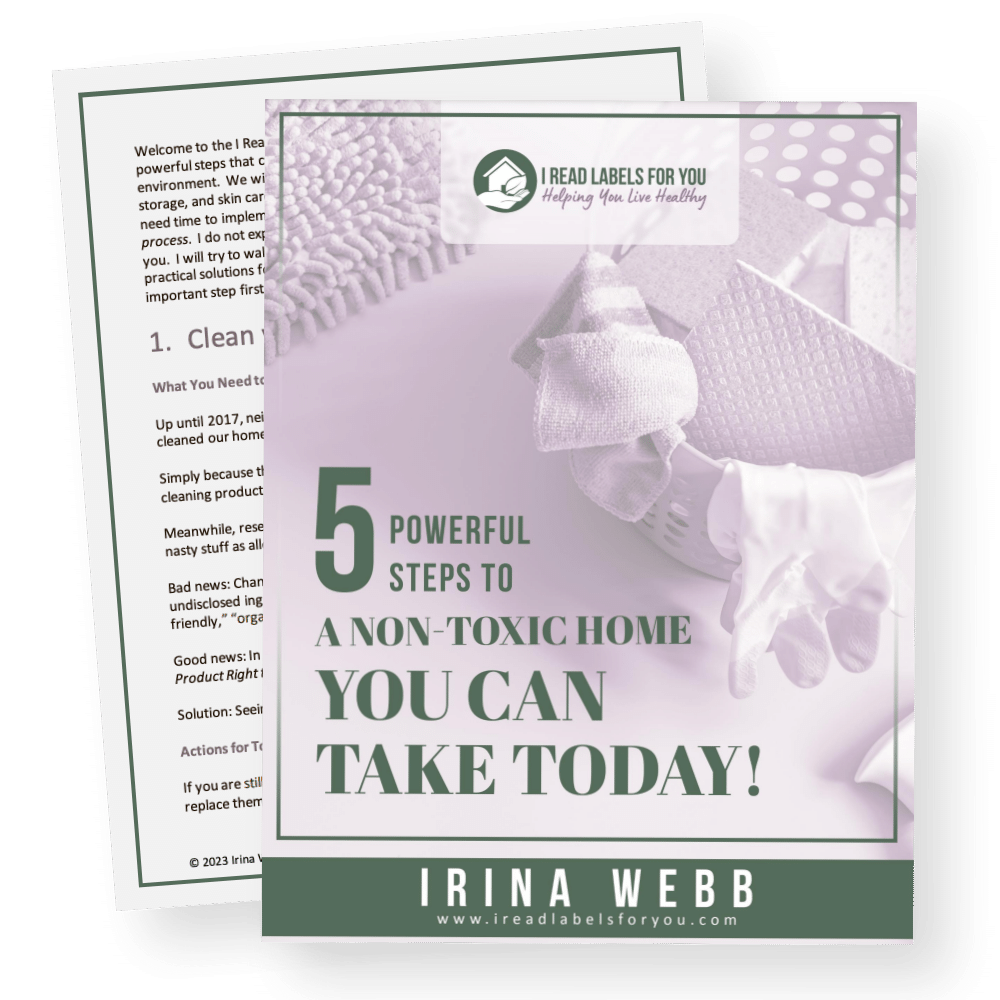
Download The Free Guide!
5 Powerful Steps To A Non-Toxic Home
Join our informed consumer community and get our free guide the “5 Powerful Steps To A Non-Toxic Home”.

 Written by
Written by 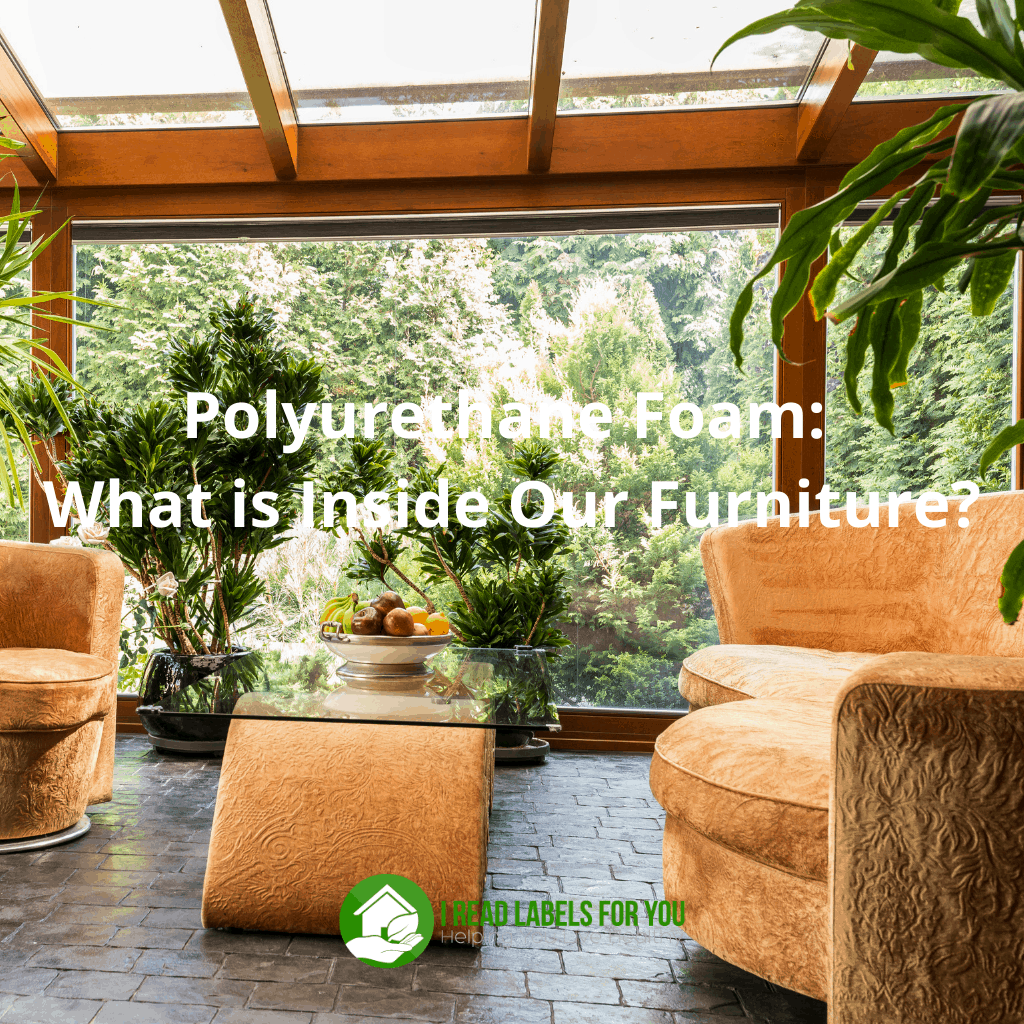




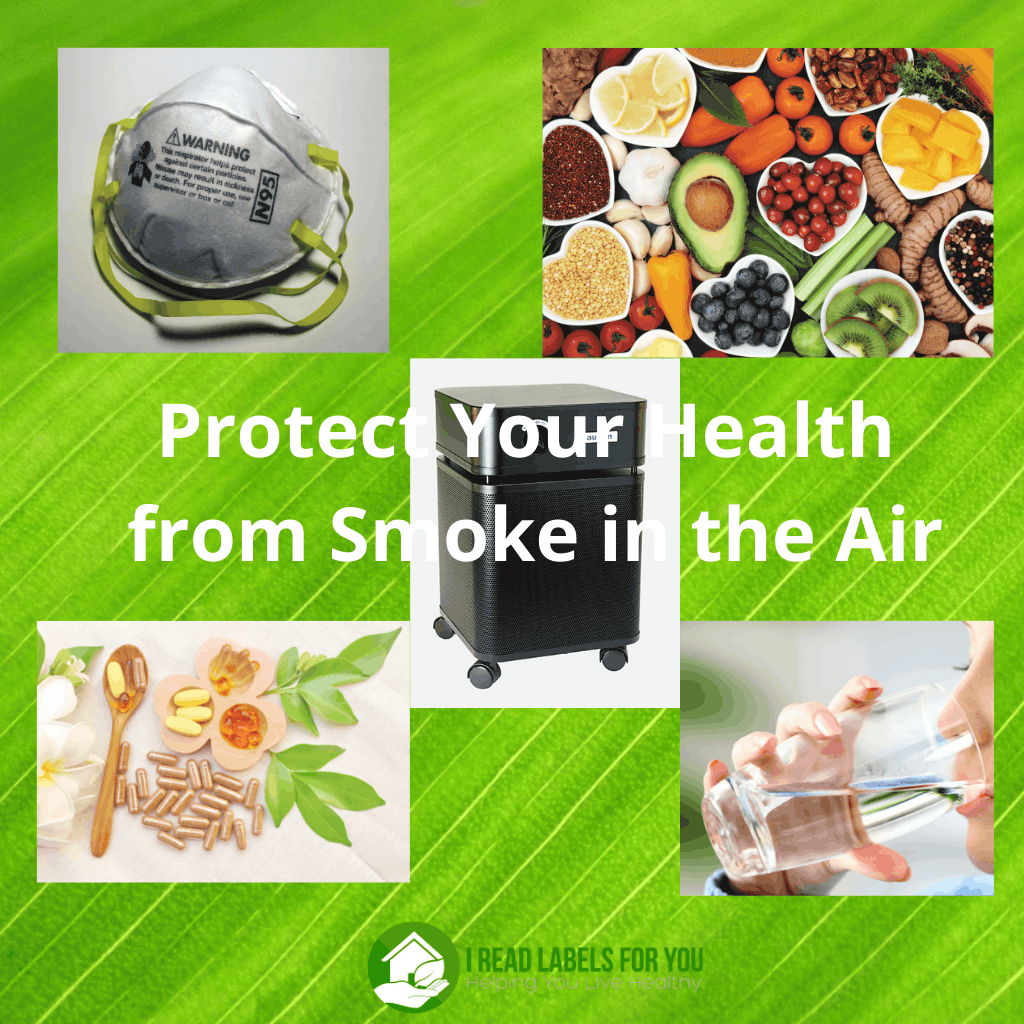
Before commenting, please read our Comment Policy.